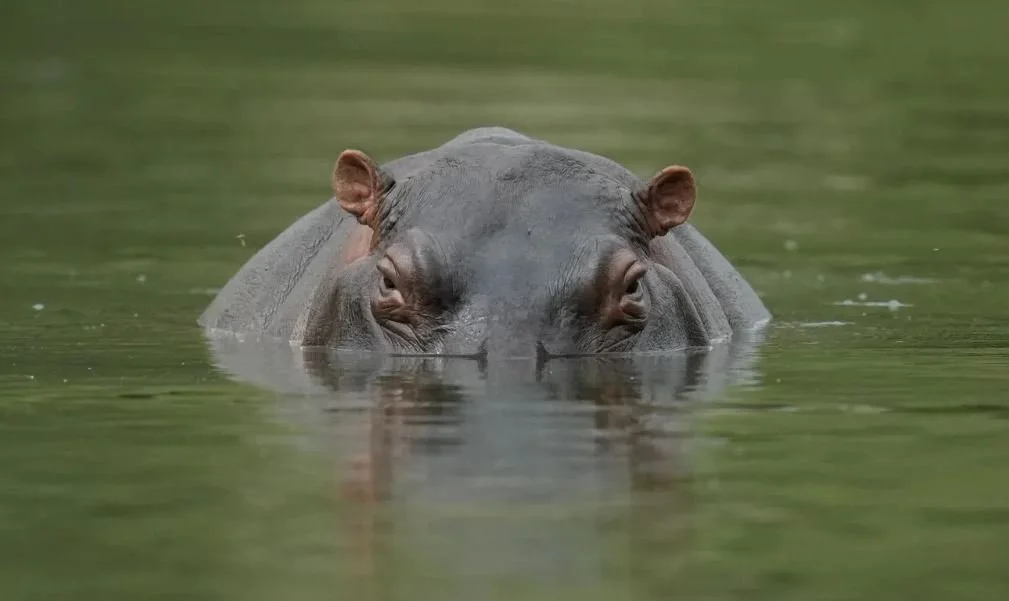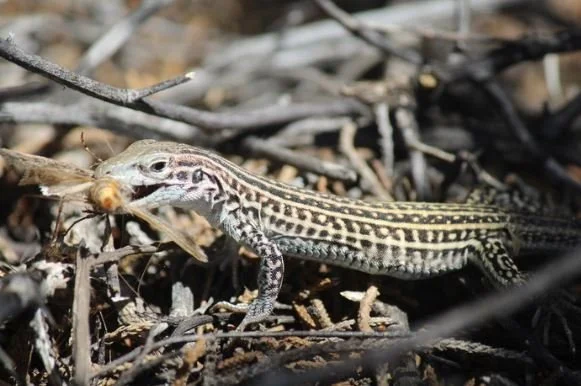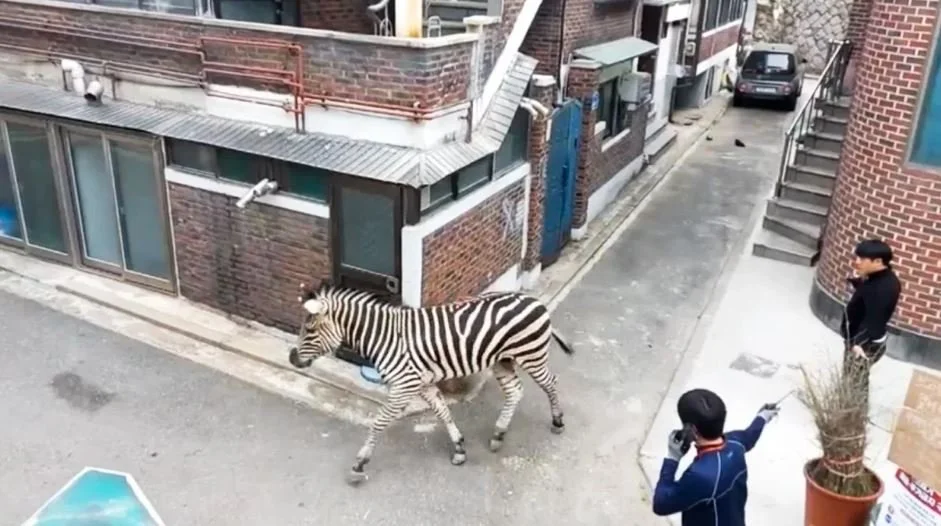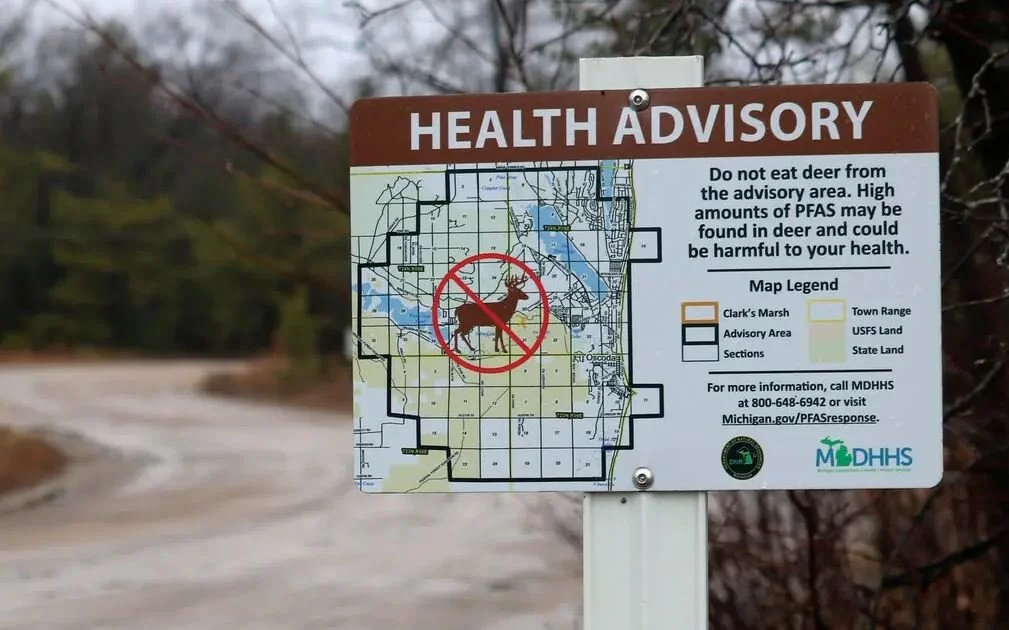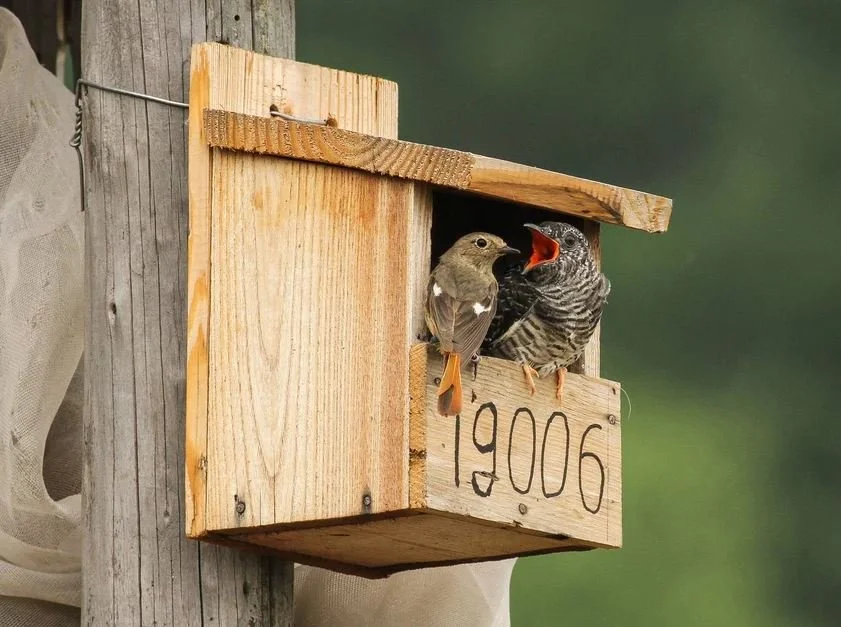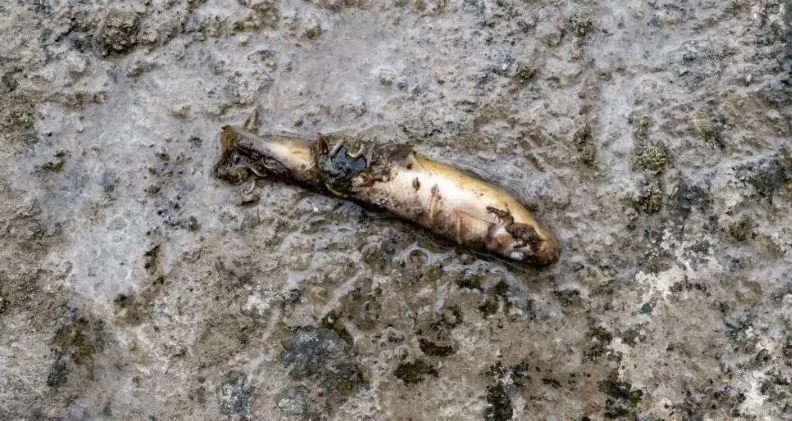How do you keep elephants and humans apart? In Africa it’s an urgent problem, as human populations grow and encroach on elephants’ wild habitat. Now conservationists are trying out a novel form of deterrence: “technologically generated bee sounds.”
Hi.
Welcome to my blog.







